Home>Maintenance & Safety>Safety Equipment & Products>How To Childproof Bookshelves
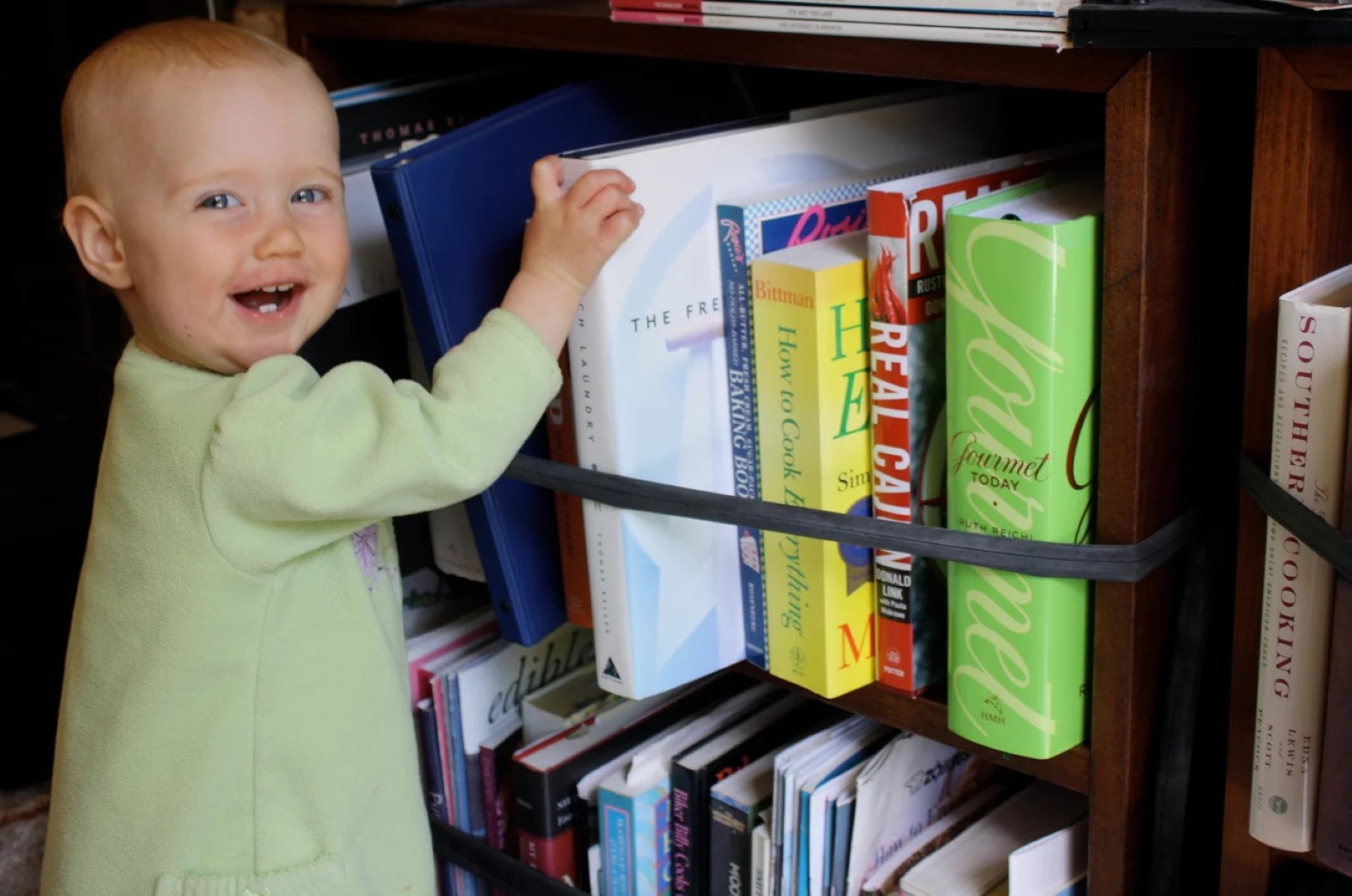

Safety Equipment & Products
How To Childproof Bookshelves
Modified: January 6, 2024
Learn how to childproof bookshelves with the best safety equipment and products. Keep your little ones safe and secure at home.
(Many of the links in this article redirect to a specific reviewed product. Your purchase of these products through affiliate links helps to generate commission for Storables.com, at no extra cost. Learn more)
Introduction
Childproofing bookshelves is a crucial aspect of creating a safe environment for young children. As toddlers begin to explore their surroundings, bookshelves can pose various risks, including the potential for tipping over and causing injury. In this comprehensive guide, we will explore the essential steps to childproofing bookshelves to ensure the safety of your little ones.
Childproofing involves more than just placing safety devices; it requires a thorough understanding of the potential risks and the implementation of effective preventive measures. By assessing the risks, securing bookshelves to the wall, organizing books and items, using safety devices, and maintaining a vigilant approach, you can significantly reduce the likelihood of accidents and create a secure space for your child to thrive.
In the following sections, we will delve into the specific strategies and products that can be employed to childproof bookshelves effectively. By following these guidelines, you can provide a safe and nurturing environment for your child while instilling peace of mind for yourself. Let's embark on this journey to create a secure and child-friendly living space.
Key Takeaways:
- Secure bookshelves to the wall using heavy-duty brackets and screws to prevent tipping and ensure a safe environment for kids to explore.
- Organize books and items strategically, prioritize safety, and use safety devices like furniture straps and corner guards to create a child-friendly and secure living space.
Read more: How Tall Should Bookshelves Be
Assessing the Risks
Before implementing childproofing measures, it is essential to conduct a comprehensive assessment of the potential risks associated with bookshelves. Understanding the specific hazards allows for a targeted approach to childproofing, addressing the vulnerabilities that may pose a threat to your child’s safety.
One of the primary risks associated with bookshelves is the possibility of tipping over. Children, especially toddlers, are naturally curious and may attempt to climb or pull themselves up using the shelves, leading to instability and potential accidents. Additionally, the weight of books and items on the shelves can contribute to the risk of tipping, especially if the shelves are not securely anchored.
Another risk to consider is the accessibility of items on the shelves. Heavy or sharp objects placed within a child’s reach can pose a hazard. It is crucial to evaluate the contents of the bookshelves and reorganize them to ensure that potentially dangerous items are out of the child’s grasp.
Furthermore, the structural integrity of the bookshelves themselves should be assessed. Weak or wobbly shelves can present a danger, as they are more likely to collapse or break under the weight of a child or objects placed on them.
By carefully evaluating these risks, you can develop a clear understanding of the areas that require attention when childproofing your bookshelves. This proactive approach enables you to tailor your safety measures to address specific vulnerabilities, ultimately creating a safer environment for your child to explore and learn.
Securing Bookshelves to the Wall
Securing bookshelves to the wall is a critical step in preventing tip-over accidents, which can result in serious injuries to children. Anchoring bookshelves to the wall significantly enhances their stability and reduces the risk of tipping, providing a safer environment for your child to navigate.
Before initiating the anchoring process, it is important to select the appropriate anchoring hardware based on the type and size of the bookshelves. Heavy-duty brackets and screws designed for securing furniture to walls are recommended for this purpose. It is advisable to follow the manufacturer’s guidelines for the specific anchoring hardware suitable for your bookshelves.
The first step in securing the bookshelves is to locate the wall studs. Using a stud finder, identify the studs behind the wall where the bookshelves will be anchored. Attaching the brackets to the studs ensures a secure and reliable connection, minimizing the risk of the bookshelves pulling away from the wall.
Once the studs are located, position the brackets on the back of the bookshelves and mark the locations for drilling. Pre-drill pilot holes for the screws to facilitate the attachment of the brackets. Subsequently, affix the brackets to the bookshelves using the appropriate screws, ensuring a firm and stable connection.
With the brackets securely attached to the bookshelves, the next step is to affix the corresponding brackets to the wall studs. Align the bookshelves with the desired position against the wall, and using the pilot holes in the brackets as a guide, drill into the wall studs. Secure the brackets to the wall using sturdy screws, ensuring that the bookshelves are tightly fastened to the wall.
After the bookshelves are anchored, it is essential to test their stability to verify that they are securely attached and resistant to tipping. Applying gentle pressure to the bookshelves can help assess the effectiveness of the anchoring, providing assurance that the shelves are safe for use in the presence of children.
By following these steps to secure bookshelves to the wall, you can significantly reduce the risk of tip-over accidents, creating a secure environment for your child to explore and interact with their surroundings without unnecessary hazards.
Consider securing bookshelves to the wall with L-brackets to prevent tipping. Store heavy items on lower shelves and use safety straps to secure books and other items. Regularly check for loose or damaged shelves.
Organizing Books and Items
Effective organization of books and items on the bookshelves not only contributes to a tidy and visually appealing space but also plays a crucial role in enhancing safety, especially in households with young children. By strategically arranging and categorizing the contents of the bookshelves, you can minimize potential hazards and create a child-friendly environment.
One fundamental aspect of organizing bookshelves is to prioritize the placement of items based on their weight and stability. Heavier items, such as large books or decorative pieces, should be positioned on lower shelves to lower the center of gravity and reduce the risk of the bookshelves becoming top-heavy. Lighter items and children’s books can be placed on higher shelves, out of the reach of young children.
Furthermore, it is essential to evaluate the accessibility of items on the bookshelves. Items that are potentially hazardous, such as sharp or fragile objects, should be positioned out of reach or in locked cabinets, away from the curious hands of children. Additionally, consider utilizing storage bins or baskets for smaller items to maintain a clutter-free and organized display.
When organizing books, consider categorizing them based on genre, size, or frequency of use. This approach not only facilitates easy access to specific books but also contributes to a visually appealing and well-ordered bookshelf. Children’s books can be placed within their reach on lower shelves, encouraging independent exploration and reading.
Incorporating child-friendly elements into the organization of bookshelves can further enhance safety. Utilize soft, rounded bookends to prevent books from toppling over and causing potential accidents. Additionally, consider incorporating colorful and engaging book organizers designed specifically for children, adding a playful touch to the bookshelves while ensuring safety.
Regularly reassessing the organization of bookshelves as your child grows and develops is essential. As their mobility and curiosity evolve, adjustments to the placement of items and the accessibility of shelves may be necessary to maintain a safe and secure environment. By staying attentive to these organizational aspects, you can create a harmonious balance between safety and accessibility within your living space.
Using Safety Devices
Implementing safety devices is a proactive approach to childproofing bookshelves, providing additional layers of protection to mitigate potential risks and hazards. Various safety devices and products are designed specifically to enhance the safety of bookshelves and minimize the likelihood of accidents, offering peace of mind for parents and caregivers.
One of the primary safety devices for childproofing bookshelves is the use of furniture straps or anti-tip restraints. These straps are designed to secure furniture, including bookshelves, to the wall, effectively preventing tipping and minimizing the risk of injuries caused by toppling furniture. When selecting furniture straps, opt for durable and adjustable options that are compatible with the size and design of your bookshelves.
Corner and edge guards are essential safety accessories, especially for bookshelves with sharp corners or edges. These guards are designed to cushion the sharp edges, reducing the risk of injuries from accidental collisions. By installing these guards on the corners of the bookshelves, you can create a safer environment for children to explore without the concern of sharp edges posing a threat.
Childproof locks and latches are valuable additions to bookshelves, particularly for cabinets or compartments that store items posing potential hazards to children. By securing these areas with childproof locks, you can restrict access to harmful substances, fragile items, or small objects, minimizing the risk of accidents and ingestion of hazardous materials.
For households with infants or young toddlers, magnetic cabinet locks can be employed to restrict access to bookshelves containing items that should be kept out of reach. These innovative locks utilize magnetic keys to unlock the mechanism, offering a discreet and secure solution for childproofing bookshelves without compromising the aesthetic appeal of the furniture.
Window restrictors and safety gates also play a role in creating a secure environment, especially in areas where bookshelves are positioned near windows or staircases. By installing window restrictors to limit the opening of windows and utilizing safety gates to prevent access to hazardous areas, you can enhance the overall safety of the living space and minimize potential risks associated with bookshelves.
Regularly inspecting and maintaining the functionality of safety devices is essential to ensure their effectiveness. Periodically check the integrity of furniture straps, the adhesive strength of corner guards, and the functionality of locks and latches to uphold a consistently safe environment for your child.
By integrating these safety devices into your childproofing strategy, you can significantly reduce the potential hazards associated with bookshelves, fostering a secure and nurturing environment for your child to thrive.
Read more: How To Create Built In Bookshelves
Monitoring and Maintenance
After implementing childproofing measures for bookshelves, consistent monitoring and maintenance are essential to uphold a safe and secure environment for children. Regular oversight and upkeep of the childproofing elements ensure their continued effectiveness and contribute to a proactive approach in mitigating potential risks.
Periodic inspections of the bookshelves and associated safety devices are crucial to identify any signs of wear, damage, or loosening. Check the stability of the anchored bookshelves, ensuring that they remain securely fastened to the wall and free from any wobbling or instability. Additionally, examine the integrity of furniture straps and restraints, confirming that they are firmly in place and capable of preventing tip-over accidents.
Corner and edge guards should be routinely assessed to verify that they remain securely attached and provide adequate cushioning for sharp edges. Verify the functionality of childproof locks and latches, ensuring that they effectively restrict access to potentially hazardous items stored within the bookshelves. This proactive approach to monitoring safeguards against the gradual degradation of safety measures over time.
As children grow and develop, their curiosity and exploration may lead to adjustments in the childproofing requirements. Regularly reassess the organization of items on the bookshelves, considering the evolving needs and behaviors of the child. Reevaluate the accessibility of certain items and make necessary modifications to maintain a safe and child-friendly environment.
Engaging children in discussions about safety and the purpose of childproofing measures can foster awareness and understanding. Educate them about the importance of respecting safety devices and the potential hazards associated with unsecured bookshelves. Encouraging open communication about safety cultivates a sense of responsibility and promotes a proactive approach to maintaining a secure living space.
It is advisable to stay informed about advancements in childproofing technology and safety standards. Stay updated on product recalls, safety guidelines, and best practices for childproofing bookshelves. By remaining knowledgeable about industry developments, you can make informed decisions regarding the maintenance and potential upgrades of safety devices.
In the event of any changes to the layout or furnishings within the living space, reassess the childproofing requirements for the bookshelves. Whether relocating furniture or introducing new items, ensure that the childproofing measures are adapted to accommodate these changes, maintaining a consistent level of safety for children.
By prioritizing ongoing monitoring and maintenance of childproofing measures, you can uphold a safe and nurturing environment for children to thrive, fostering peace of mind for parents and caregivers.
Frequently Asked Questions about How To Childproof Bookshelves
Was this page helpful?
At Storables.com, we guarantee accurate and reliable information. Our content, validated by Expert Board Contributors, is crafted following stringent Editorial Policies. We're committed to providing you with well-researched, expert-backed insights for all your informational needs.
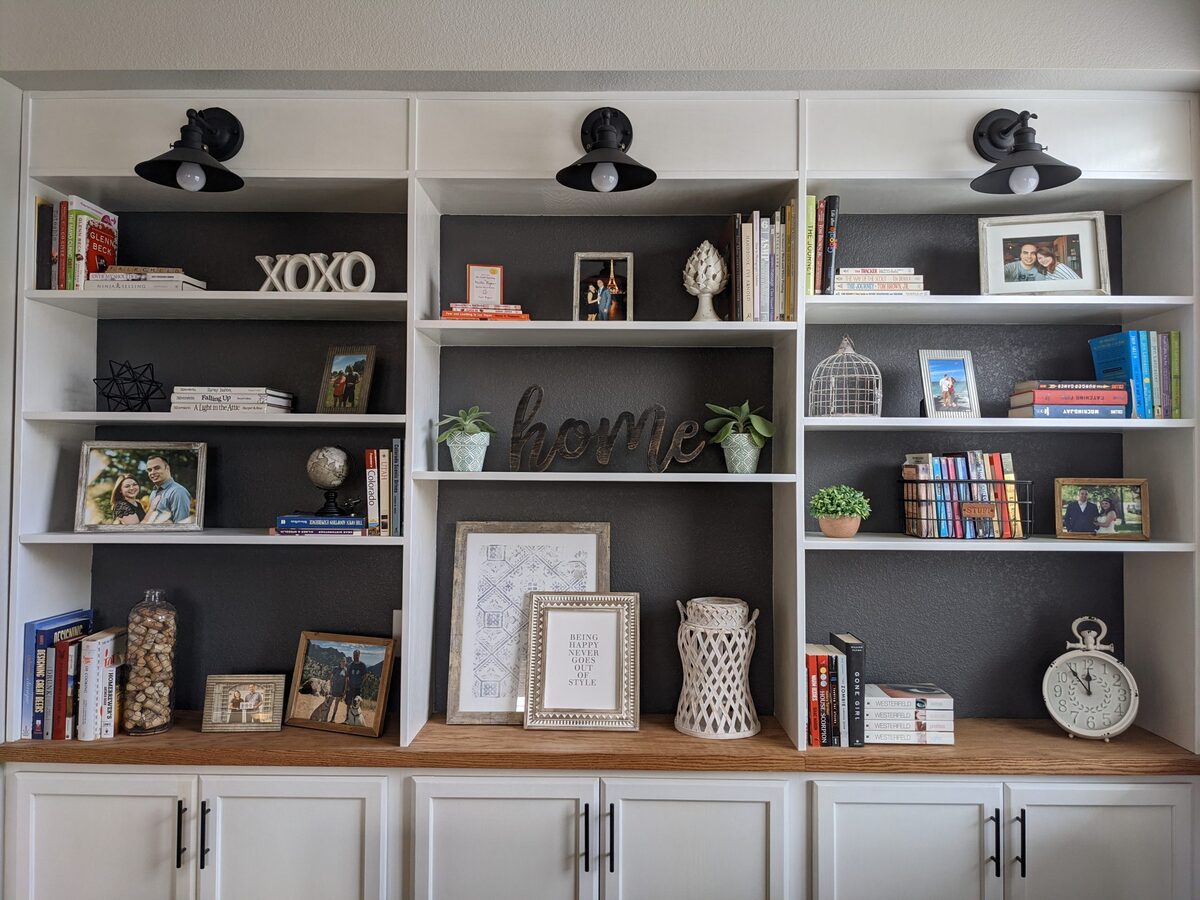
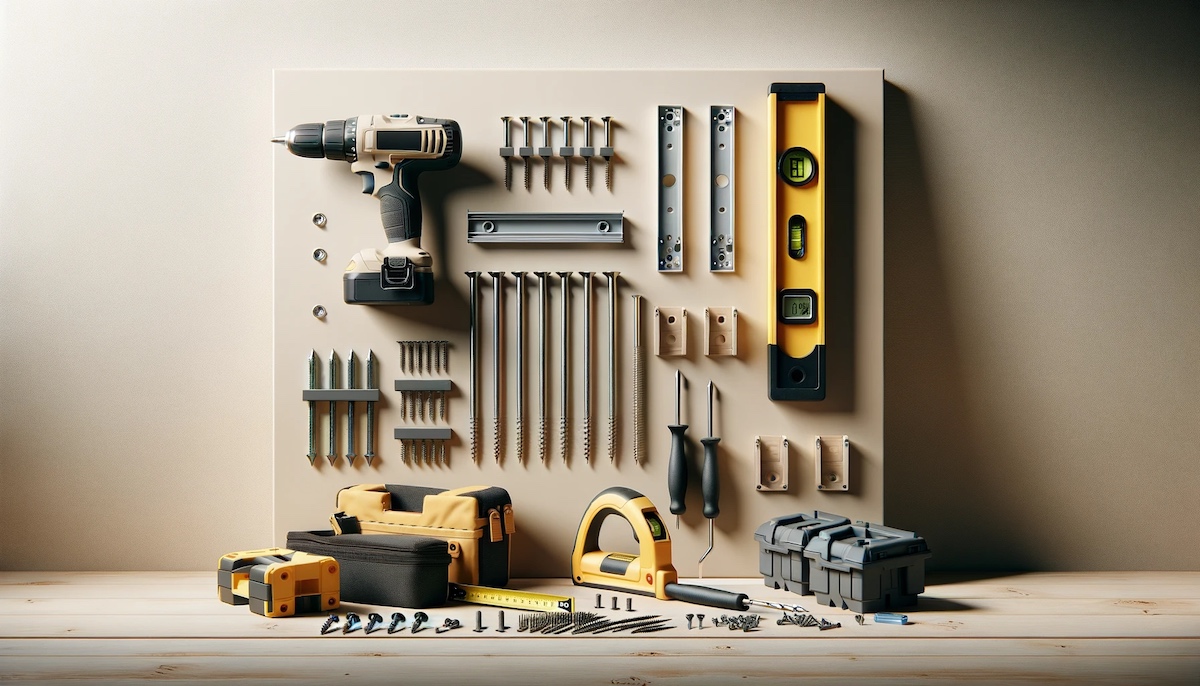

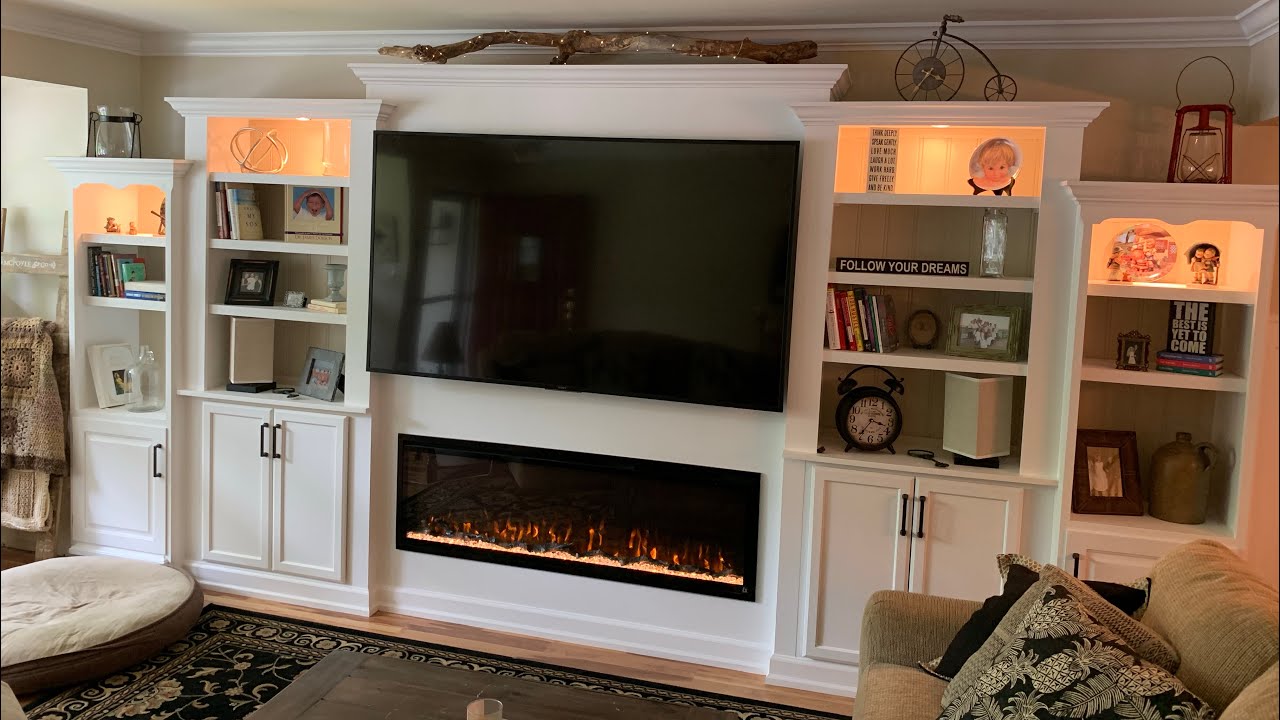
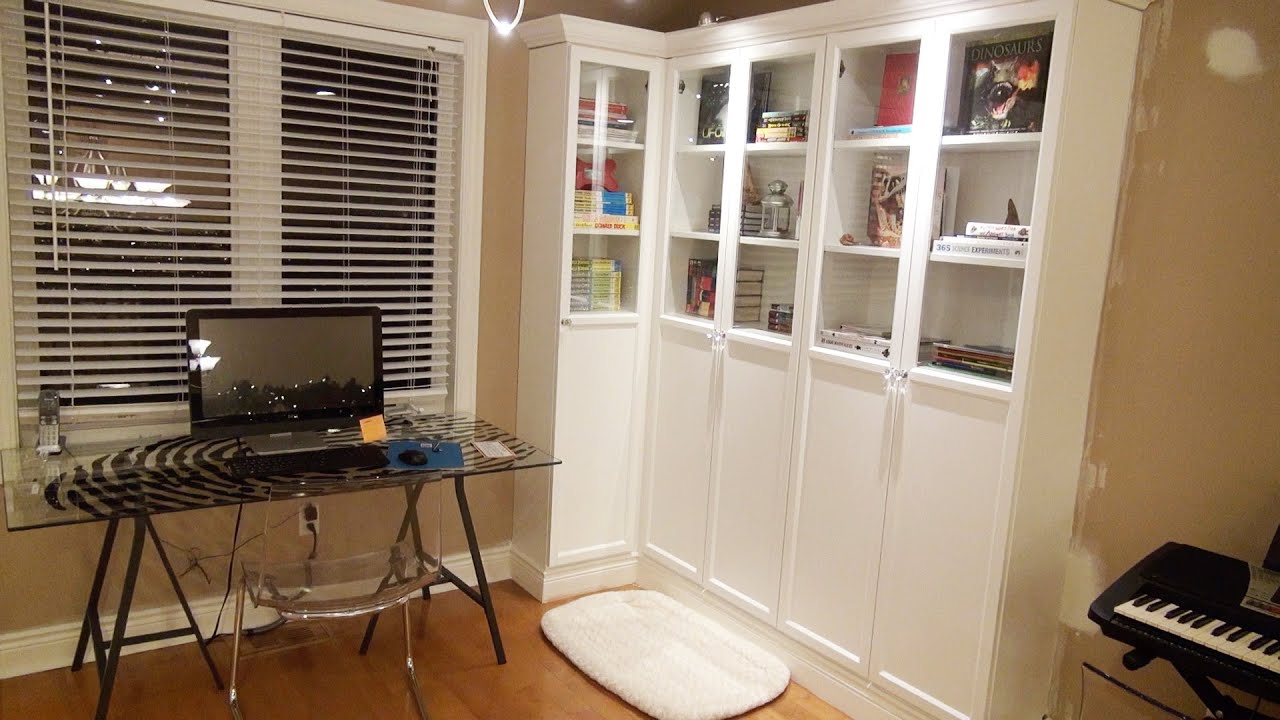
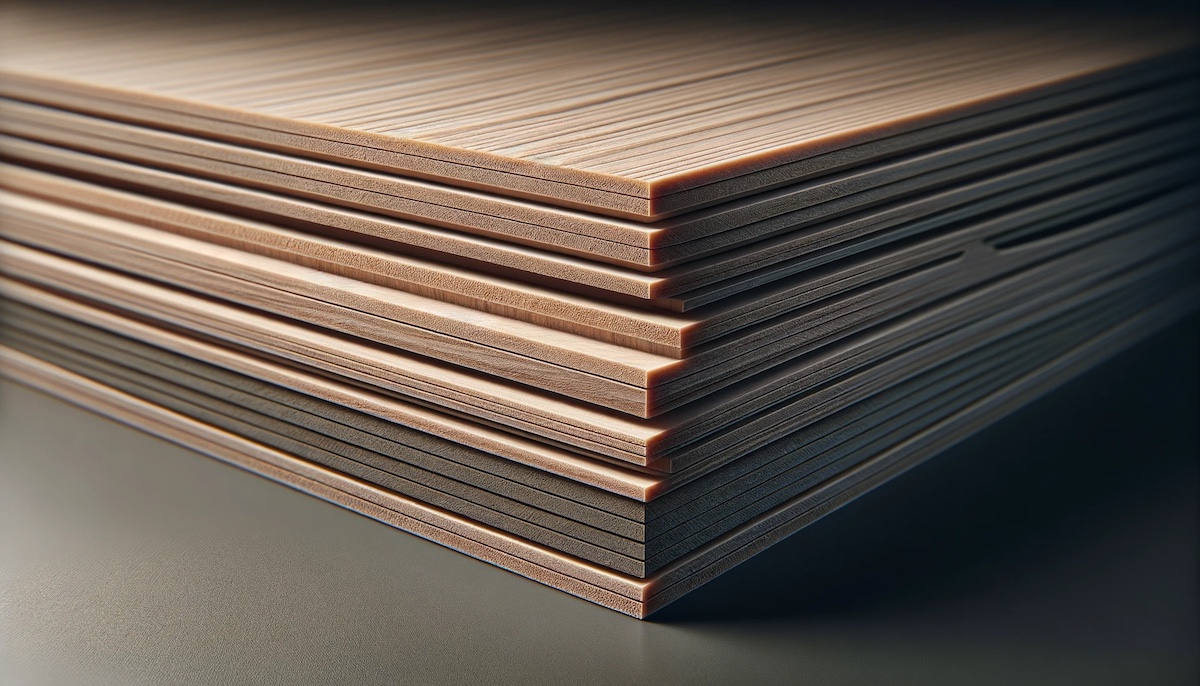
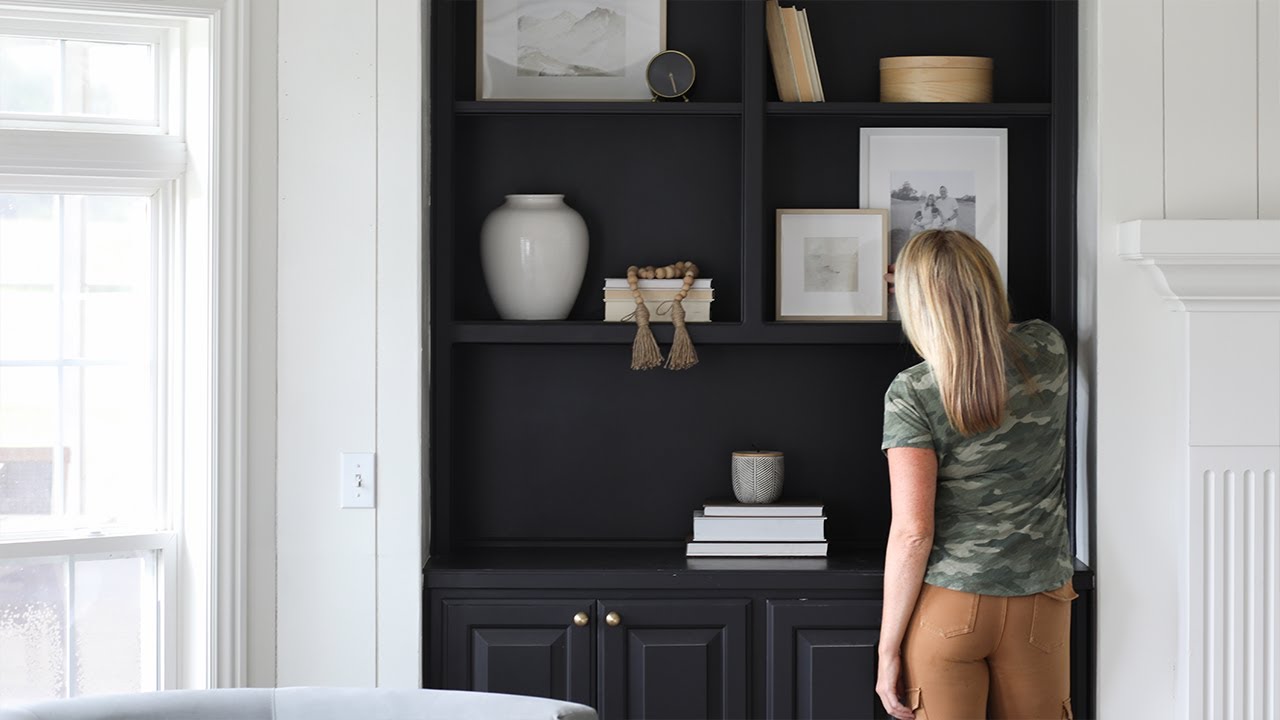
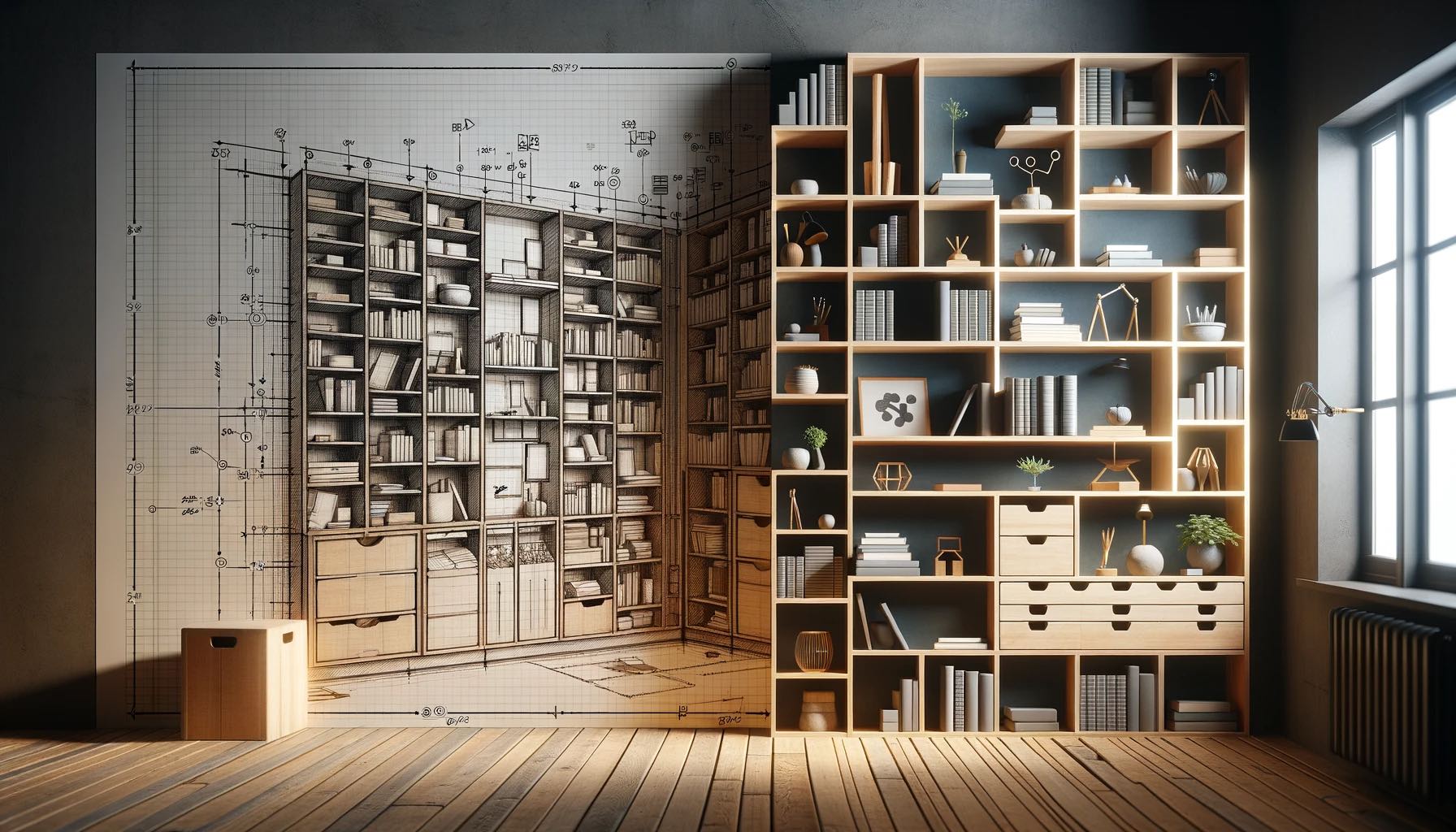
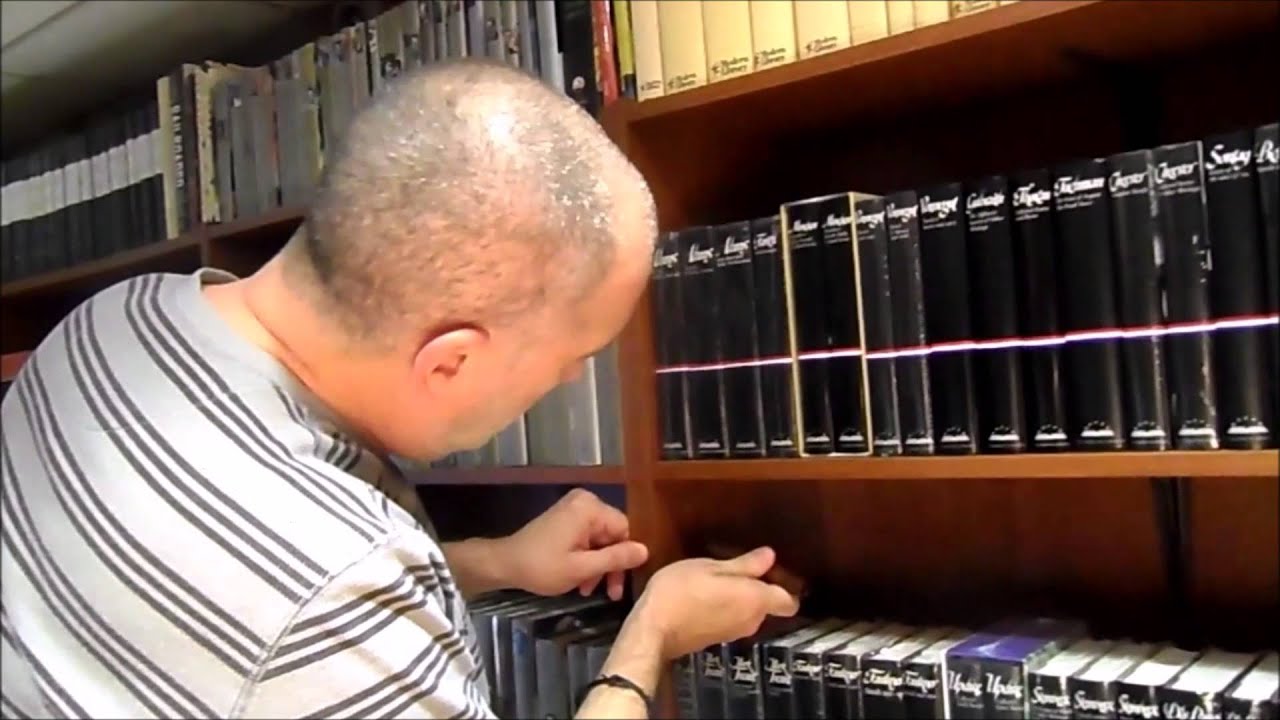
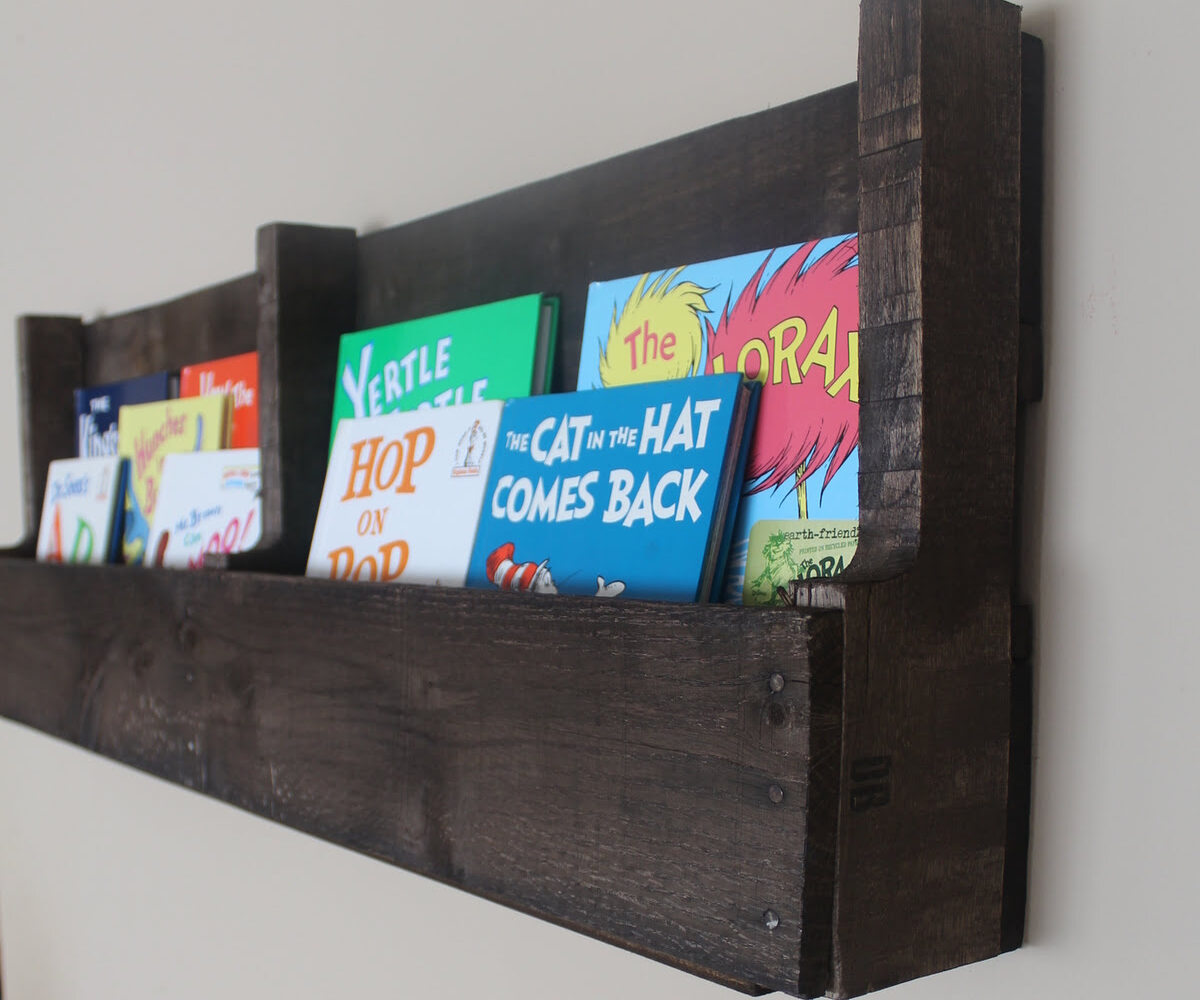

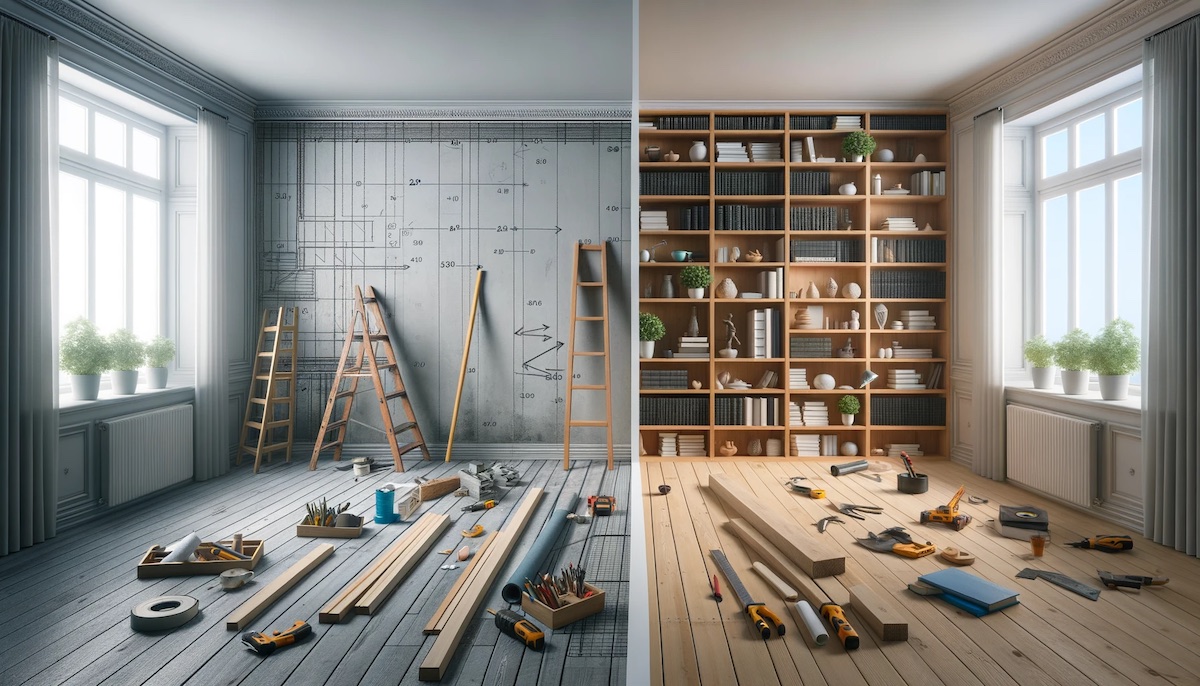

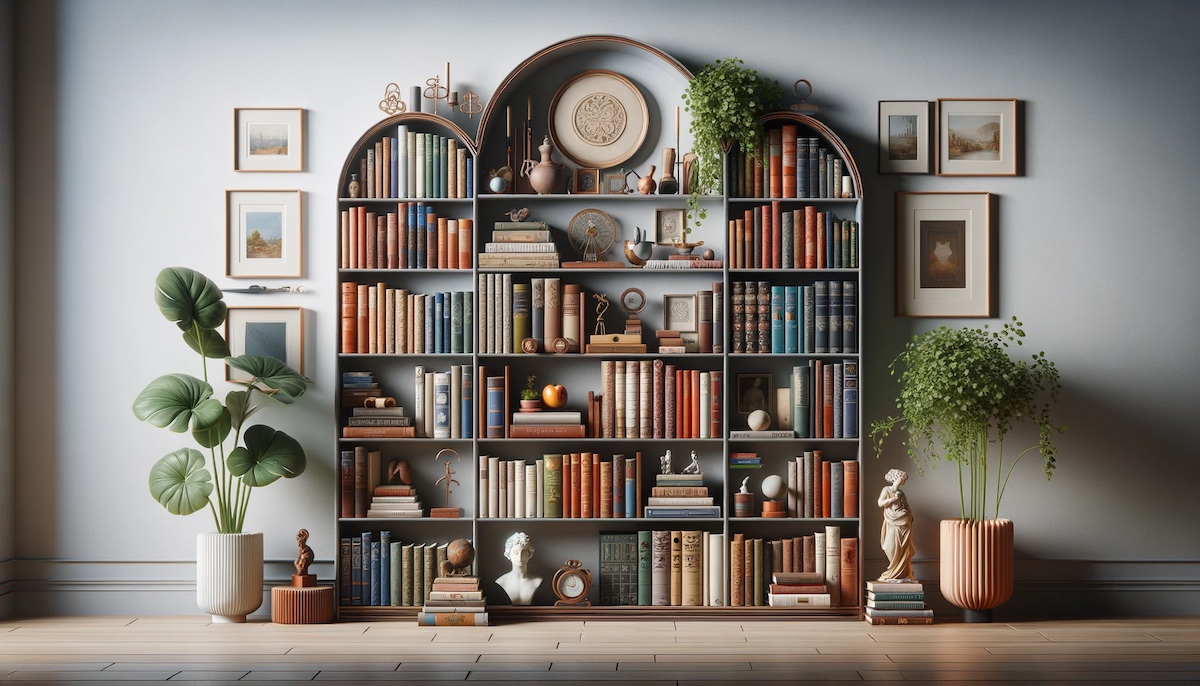

0 thoughts on “How To Childproof Bookshelves”